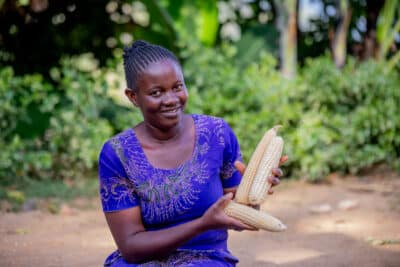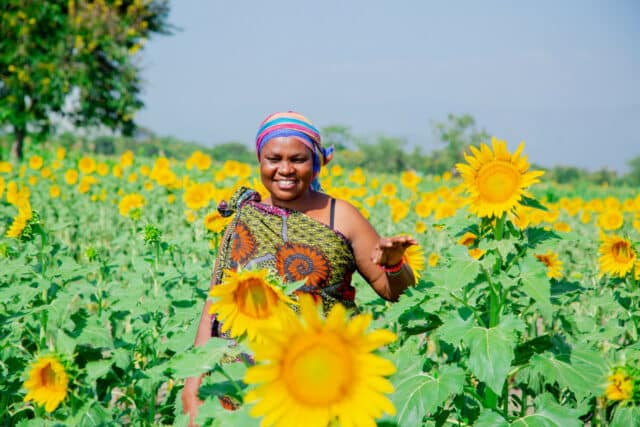News
26 November 2018
Charting a course towards a profitable inclusive Kenyan aquaculture sector

To mark the opening of the Sustainable Blue Economy Conference in Nairobi, Farm Africa’s Kenya Market-led Aquaculture Programme (KMAP) has launched a policy brief that maps out how the Kenyan National Government can build a sustainable and inclusive aquaculture sector.
The policy report, titled “Aquaculture for jobs, incomes and food security”, uses credible statistics to reveal alarming low levels of fish production in Kenya. The country’s annual supply gap of 50,000 MT of fish is projected to increase to 75,000 MT by 2030 if annual per capita fish consumption remains constant at 4.3 kg.
If Kenya’s annual per person fish consumption grows to 9.7 kg, in line with other African countries’ consumption, the supply gap will grow to 436,000 MT. These projections spotlight the need to boost private sector aquaculture investment and small-scale fish farmers’ production.
The report goes on to provide evidence-based recommendations on the interventions needed to mitigate the situation so as to create jobs, increase incomes and contribute to the government’s food security component of the Big Four agenda.
To stimulate Kenya’s aquaculture industry to meet growing demand, Farm Africa recommends lowering the cost of raw materials, honing the skills of farmers and extension officers, and supporting Kenyan feed millers to produce affordable high-quality feed.
Reviewing the East African Community Common External Tariff (EAC CET) on imported Chinese fish in the country features prominently as one of the measures needed to make local fish products competitive and attract domestic and foreign investment in the Kenyan aquaculture sector. This is reinforced by a proposal to eliminate the existing EAC import duty of 10% and fisheries levy of 5% on imported feed and aquaculture equipment.
“Increasing the East African Community Common External Tariff for imported tilapia is necessary to boost the production of Kenyan farmers as they are currently unable to compete with the subsidised cheap imports that have flooded the market. This will also attract domestic and foreign investment to provide the expertise and capital needed to develop the sector,” said Arnoud Meijberg, Farm Africa, Team Leader KMAP.
Results of a study conducted by Farm Africa and WorldFish showed that to increase production in colder areas, strains suitable for such conditions should be developed through selective breeding. The brief underscores the need to support the development of high-quality Kenyan tilapia strains that are suitable to both cold and warm regions.
Farm Africa has analysed the increased gross margins that can be realised once the report’s recommended cost reduction measures are effected. When the fish feed price is lowered by 15%, the cost of production per kg reduces from the price from the current market rate of Kshs. 254 to Kshs. 239. When provided with training, fish farmers’ productivity improves by 21% from 0.33 to 0.4 kg/m², reducing the cost of production per kg from Kshs. 254 to Kshs. 207.
Click here to read the full report.




